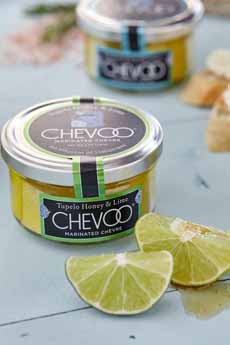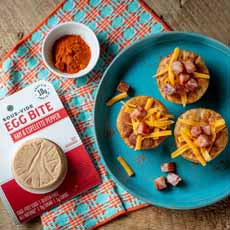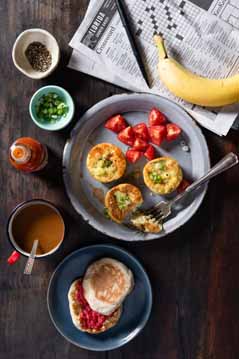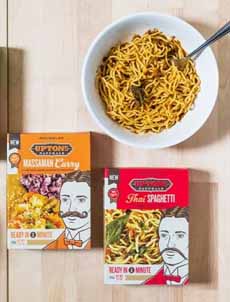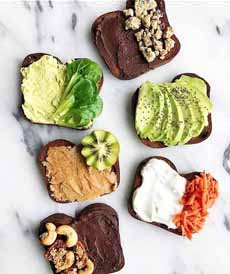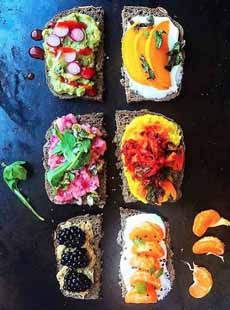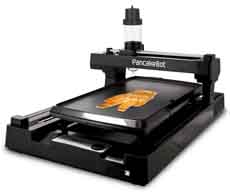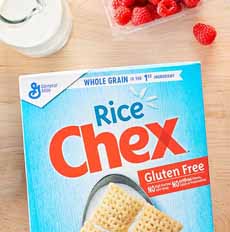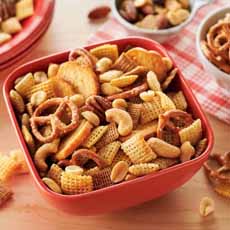|
Some might think that snow cones are for kids, but they’d be wrong.
Some think they’re only for cooling off on a hot day, but that’s wrong, too.
For ice-cream-loving dieters, the lactose-intolerant, vegans, kosher eaters and lovers of wine and spirits, they’re an alternative to ice cream, 365 days a year.
We’re not talking about street-vendor snow cones, with neon-colored sticky-sweet HFCS syrups. Nope!
We’re talking about homemade snow cones made with the Little Snowie 2 Snow Cone Machine and really good syrup, regular or sugar-free.
Let’s start with the machine.
LITTLE SNOWIE 2 SNOW CONE MACHINE
Snowie, the company, is a key player in the shaved ice industry worldwide. The majority of the machines they sell are for shaved ice shops and similar commercial use.
Consumer demand to make snow cones at home led to the development of the Little Snowie 1. Its next generation, Little Snowie 2, is even more impressive, and has twice the ice capacity (approximately 64 ounces).
Modeled after Snowie’s workhorse commercial ice shavers but affordably priced for the home ($199 on Amazon and Bed, Bath & Beyond*), Little Snowie 2 fast and impressive, rated the best home ice shaver in an independent test.
Using regular ice cubes from your freezer, its high-speed commercial motor and 301 hardened stainless steel blade deliver fine, fluffy shaved ice in 3-5 seconds per 8-ounce cup (photo #3). Then, just add syrup (photo #4).
The machine comes with three 16-ounce bottles of syrup (Blue Raspberry, Lemon Lime and Wild Cherry) and 6 sample bottles of other flavors. As a bonus, there are eight Italian-style ice cream spoons, long enough to dig down into deep cups (BYO cups, BTW).
You can purchase additional syrup 3-packs (three different flavors per pack) for $19.99 in:
Berrylicious Flavors
Carnival Style Flavors
Party Flavors
Pucker Up Flavors
Sugar Free Flavors (zero calories)
Tropical Flavors
All Snowie-brand syrups are made without HFCS.
LET’S TALK ALCOHOL SNOW CONES
There’s no need to make frozen drinks in your blender when you’ve got Little Snowie, which gives you the fine, delicate ice you want instead of rough, crunchy blender chips.
Just make your favorite cocktail and pour it over the shaved ice. Frozen Margarita, Frosé, we’re ready for you!
Here’s how to make a variety of cocktail snow cones (from Honestly Yum), and sangria-tequila snow cones (from World Market).
Switch from wine spritzers to wine snow cones.
And that scotch and water? Turn it into scotch and snow.
Also check out our article on Adult Snow Cones.
Let your first warm-weather cocktail party be frozen!
LET’S TALK DESSERT
For dessert, make a snow cone version Hawaiian snow ice sundaes with lots of toppings, from American favorites (coconut, fresh fruit, nuts) to Hawaiian favorites: jellies (Jell-O cubes), mini mochi balls, tapioca pearls and a sauce of sweetened condensed milk.
The difference between snow cone and snow ice is the consistency, based on how the ice is shaved.
It’s all waiting for you at ChocZero.com and on Amazon.
GET YOUR SNOWIE ON AMAZON, Bed Bath & Beyond, and other retailers.
12 SUGAR-FREE SYRUPS FROM CHOCZERO
Looking for a zero-calorie snow cone that tastes great?
Snowie has sugar-free syrups in Blue Raspberry, Lemon Lime and Wild Cherry, which would have been fine, as would a 1/3 dilution of Crystal Light powder, if we hadn’t discovered the sugar-free syrups of ChocZero, in:
Blueberry Sugar Free Syrup
Caramel Sugar Free Syrup
Chocolate Sugar Free Syrup
Coconut Sugar Free Syrup
Maple Pecan Sugar Free Syrup
Maple Sugar Free Syrup
Maple Vanilla Sugar Free Syrup
Peppermint Sugar Free Syrup
Pumpkin Pie Sugar Free Syrup
Raspberry Sugar Free Syrup
Strawberry Sugar Free Syrup
Vanilla Sugar Free Syrup
|
|
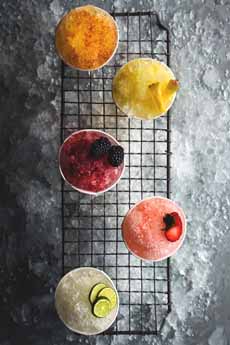
[1] Not just for kids: You can make cocktail snow cones by pouring your favorite cocktail, spirits or wine over the shaved ice. Here are recipes (photo courtesy Honestly Yum).
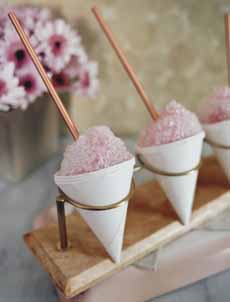
[2] Why listen to ice cubes jangle when you can drink your sangria from a snow cone. Here’s the recipe from World Market Blog.

[3] Little Snowie: Ice cubes go in, shaved ice comes out.
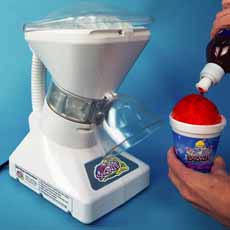
[4] Then, just add the syrup or spirit of choice (photos #3 and #4 courtesy Snowie).
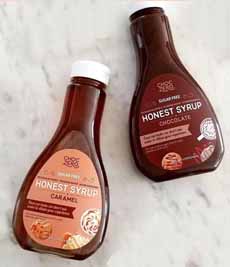
[5] Two of ChocZero’s )) varieties of sugar-free syrups (photo courtesy Bag Snob).
|





